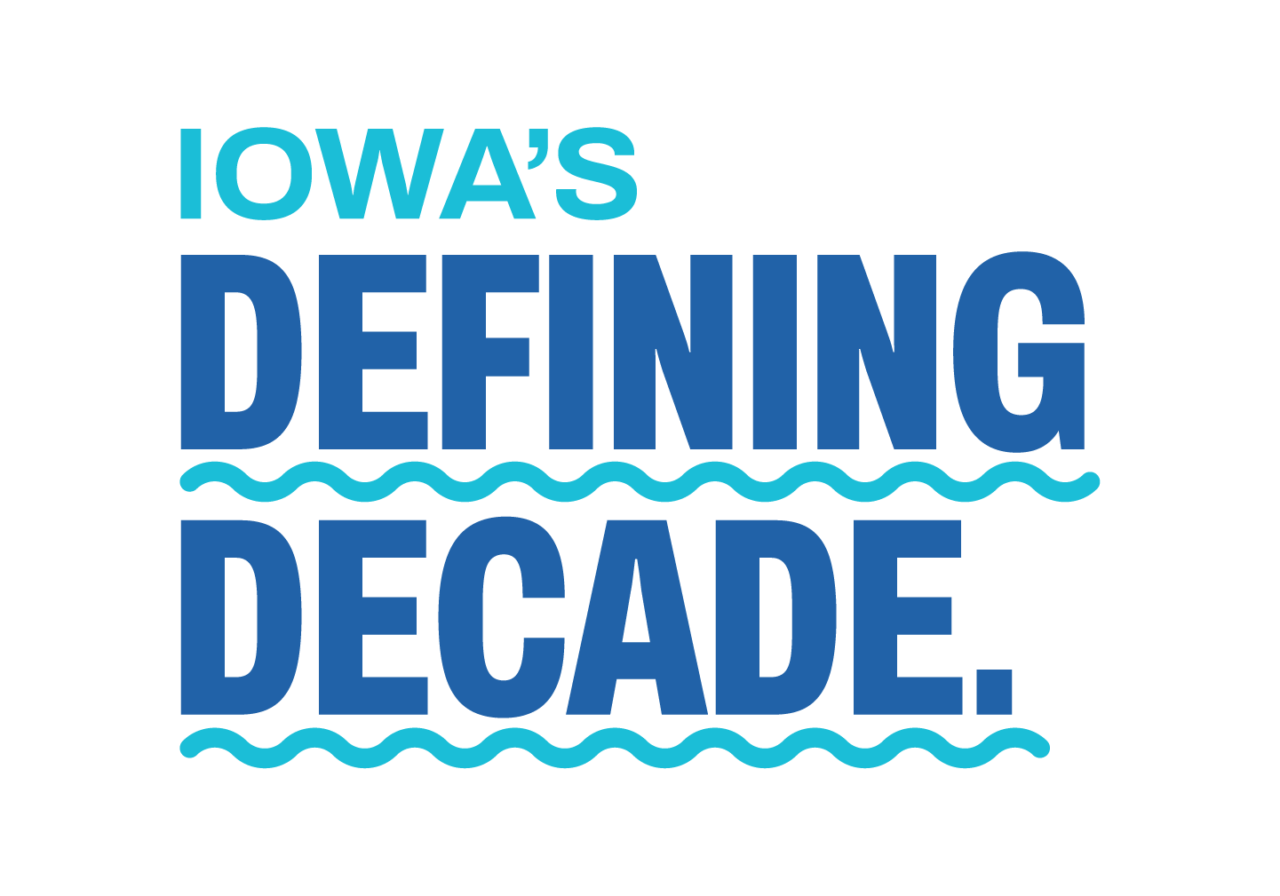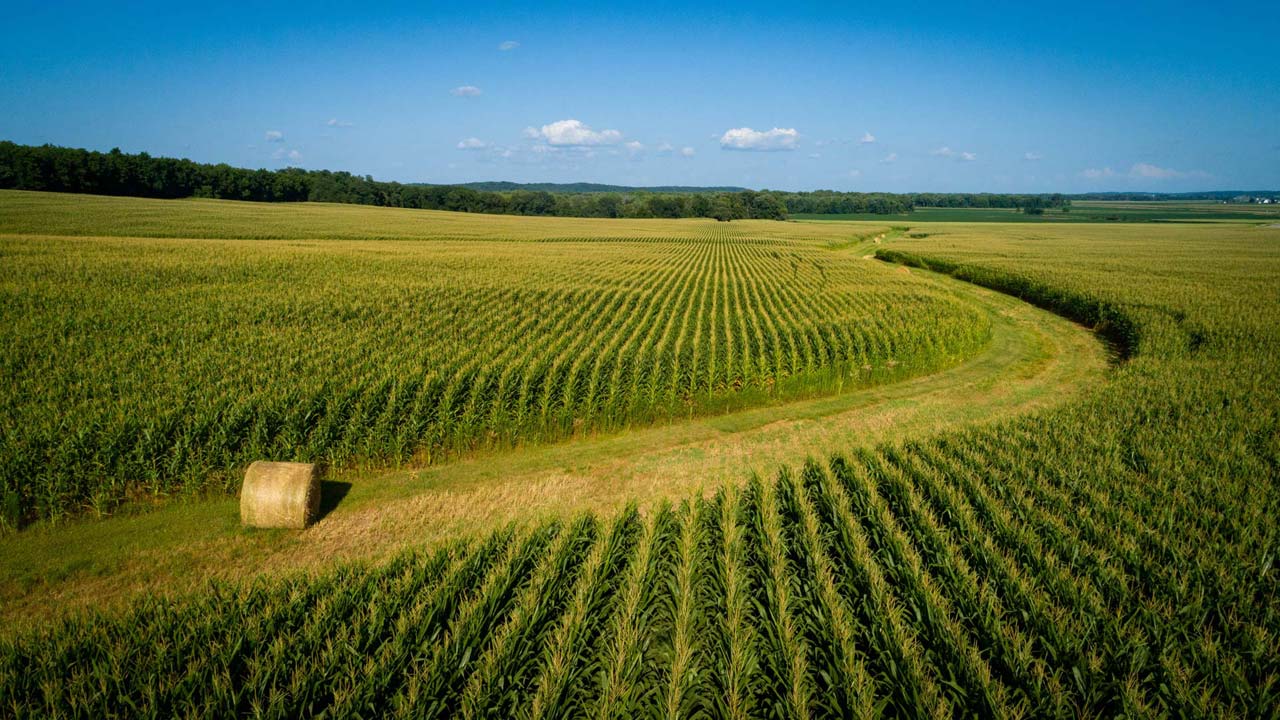2023 March Stewardship Advocate
Since 2013, Iowa has taken significant steps in its goal of reducing nutrient losses that eventually flow into the Gulf of Mexico with its Nutrient Reduction Strategy (NRS), and the effort is gaining momentum. Science, technology, and farmer initiatives are working together in pursuit of these objectives. In cities, wastewater treatment facilities are already meeting reduction targets for nitrogen and phosphorus.
But the next decade will require more — and the innovation is available to meet the moment.
The path forward in Iowa includes building on the growth of cover crops and reduced tillage, expanding the state’s nation-leading adoption of bioreactors and saturated buffers and establishing hundreds of new wetlands. The Nutrient Reduction Strategy is much bigger than a single decade.
The NRS is working, and it’s only going to get better.
- Major progress on phosphorus losses in the first decade puts Iowa near the NRS nonpoint goal of 29% reduction. The reduction rate stands at 27%.
- Nitrogen loss goals have been a challenge and where progress is more difficult to measure, the goal has yet to be realized.
- At the same time, we’ve laid critical groundwork for meeting nitrogen loss goals.
- The past two years of momentum in edge-of-field practices puts Iowa on a path to achieve nitrogen loss reductions soon.
- Conservation practices grow by millions of acres.
- Cover crops were nearly nonexistent in Iowa a decade ago but about 3 million acres of cover crops are planted today. The figure was below 1 million acres as recently as 2016.
- Cover crops are proven to reduce nitrogen loads by 28-31% and phosphorus loads by 29%.
- Bioreactors and saturated buffers were invented in Iowa, and the state leads the nation in adoption of these practices.
- Bioreactors and saturated buffers are being installed at the fastest rate since the NRS began. From 2008 to 2010 an average of 9 of these edge-of-field practices were installed per year. In just the past two years alone, 129 of these edge-of-field practices were installed (IDALS). In 2023 alone, about 150 outlets are ready to be treated with a saturated buffer or bioreactor.
“We have made great progress but there is more to do,” said Stu Swanson, Chair of the Iowa Corn Animal Ag & Environment Committee. “The passage of the Nutrient Reduction Strategy in 2013 set a new direction for agriculture. We must continue to make improvements on our farms. Working together will make the next 10 years even more successful.”
LATEST INFORMATION:
EPA Announces Accelerated Action on Four Organophosphate Pesticides
EPA Offering Grants to Support Pesticide Training
Biden Announces $250 million to Tackle Climate Change
Local Corn Price (Basis) Is Impacted by Local Ethanol Plants
Nominations Open for Iowa Conservation Farmer of the Year
Iowa Department of Agriculture Expands Conservation Agronomist Network with Iowa Soybean Association
NRCS Refines Nutrient Management Strategies to Improve Conservation Outcomes
NRCS Announces Funding available for Iowa Conservation Innovation Grants
Soil Health Institute Receives Grant from Wells Fargo to Establish Soil Health Targets in Iowa
Monarch Consortium Research Shows Adding Habitat will Help Monarch Conservation
UPCOMING EVENTS:
March 28: Cover Crop Workshop, West Union
March 29: Cover Crop Workshop, Indianola
April 4: Cover Crop and Grazing Field Day, Dayton
April 5: Conservation Planning and Cover Crop Field Day, Bode
April 12: Iowa Nutrient Research Center Seminar: Highlights from a Decade of Research Communications and Social Science, Ames and Webinar
April 13: Coalition to Support Iowa’s Farmers – Good Farm Neighbor Award, Ida County
April 13: Iowa Groundwater Association Spring Meeting, Cedar Rapids
April 25: Monarch Research Review, Webinar
May 10: Iowa Nutrient Research Center Seminar: Highlights from a Decade of Research Iowa Beef Center, Cover Crops and Field Tour of Research Sites, Ames and Webinar
May 23: Lower Phalen Creek Project, Webinar
June 5: Top Soil Summit – Continuum Ag, Riverside
June 27: Implications of Movement Ecology in Conservation Planning for Monarch Butterflies, Webinar
FARMER TO FARMER: #IOWADEFININGDECADE

As we approach the 10th Anniversary of the Iowa Nutrient Reduction Strategy in May, we are sharing agriculture’s story of impressive progress on improving our water quality as well as our continued commitment to making even more progress in the decade ahead.
The past 10 years have been The Defining Decade in Iowa’s water quality – a decade defined by record investment, collaboration, partnerships, momentum, and record levels of conservation practice adoption.
We have a lot to be proud of – from 3 million acres of cover crops, to 15 million acres of no-till, strip till and conservation tillage; to a 650 percent annual increase in new edge-of-field practices. Together with our partners at the Iowa Ag Water Alliance, Iowa Pork, and Iowa Soybean Association, we invite you to visit IowaNRS10.com.
